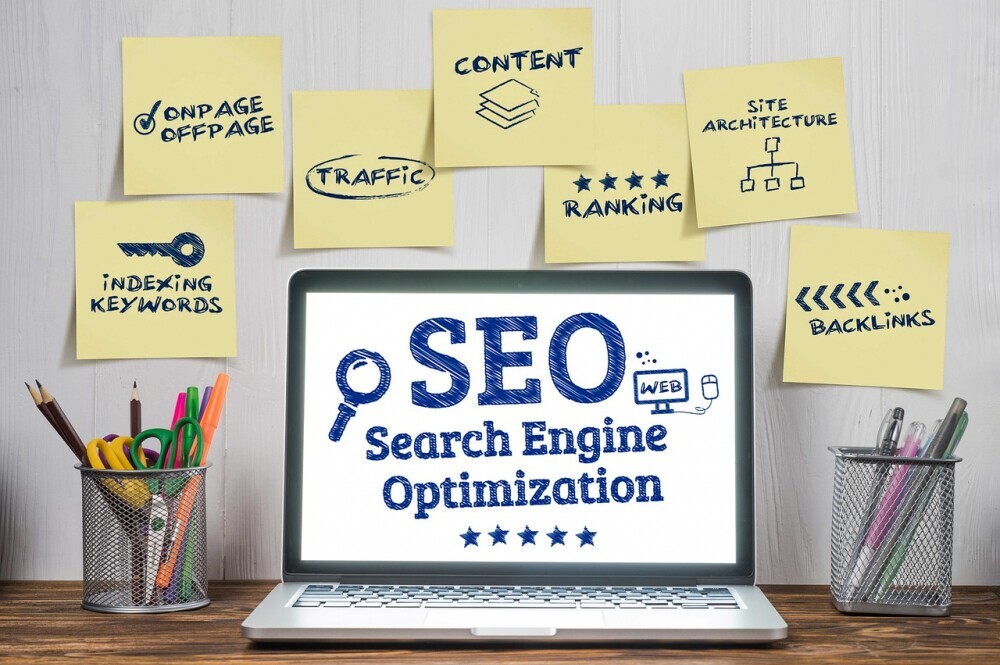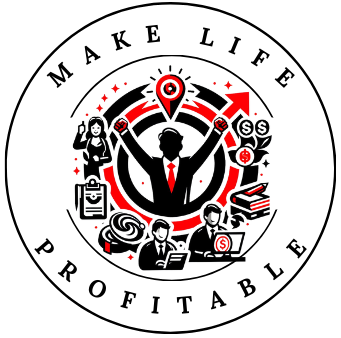
Content planning and strategy form the backbone of your marketing efforts. Think of it as your roadmap to success, guiding every piece of content you create. Without it, you’re just throwing spaghetti at the wall to see what sticks. It can make a mess and not be very effective!
Content planning is all about setting a clear path for what you’re going to create, when you’re going to create it, and why you’re creating it. It’s about understanding your goals, knowing your audience, and staying true to your brand voice. You must answer some key questions: What do I want to achieve? Who am I talking to? What message am I broadcasting?
Crafting a solid content strategy means you’ve also got a plan for how to get there. You’re setting up the milestones and the metrics you’ll use to measure success. A good strategy touches on content types, themes, channels, and how all these elements tie back to your business objectives. It’s not as intimidating as it sounds, promise!

Every great content strategy starts with research. You need to know your audience inside out. What are their needs, preferences, and pain points? Analyzing competitors can also give you a leg up by showing you gaps in the market or areas where you can shine. Once you’ve got the research nailed, it’s time to ideate. This is the fun part—brainstorming topics, formats, and creative ways to engage your audience.
Now, let’s look at execution. Having a plan is just the beginning. You’ve got to put it into action. Create a content calendar to keep track of your plans and ensure consistency. Assign tasks, set deadlines, and always be ready to adapt. Flexibility is key because not everything will go according to plan. And that’s okay. Adjust and keep moving forward.
Nothing speaks louder than success stories. Case studies of effective content strategies showcase how theory turns into practice. Look at brands that have nailed their content game. What did they do differently? How did they engage their audience? Dissecting these success stories can provide valuable insights and inspiration for your strategy.
Leveraging People-First Content and E-E-A-T Principles

Creating content that prioritizes people means focusing on relevance, engagement, and value. Forget about keyword stuffing and clickbait tactics; it’s all about offering real solutions and insights that your audience cares about. Think of your readers as friends you’re having a conversation with. The content should be relatable, easy to understand, and genuinely helpful.
Incorporating E-E-A-T principles is crucial to building a strong content strategy. Experience can be showcased by sharing real-life examples, case studies, and personal anecdotes. Expertise comes from thoroughly understanding your subject matter. Authoritativeness means your readers see you as a go-to resource in your field. Trust is built through transparency, consistency, and authenticity. Ensure your content checks all these boxes, and you’re golden.
Balancing quality and quantity in content production can be a tightrope walk. Quality should always take precedence; a few well-crafted pieces are far more impactful than churning out content for the sake of volume. Focus on what your audience needs and wants to know. Depth over breadth is your mantra here.
Building trust and authority through content isn’t an overnight process. Consistency, honesty, and responsiveness go a long way. Engage with your audience—reply to comments, ask for feedback, and be open to criticism. Showcasing reviews and testimonials also adds a layer of authenticity. Think of every piece of content as a step towards becoming a trusted source in your niche.
Utilizing SEO and Analytics to Enhance Your Content Strategy

SEO plays a vital role in boosting your content’s visibility. It’s about making sure your content reaches the right eyes. But remember, good SEO complements great content rather than overshadowing it. When done right, SEO enhances your content’s reach without compromising its value. Focus on integrating keywords naturally, optimizing meta descriptions, and ensuring your content is easy to navigate.
Aligning SEO practices with people-first content can be a balancing act, but it’s totally doable. The trick is to marry technical SEO elements with engaging, high-quality content. Ensure your website loads quickly, is mobile-friendly, and has a clean layout. These factors improve user experience, which search engines love. At the same time, your content should remain informative and engaging, prioritizing reader needs over search engine algorithms.
Analytics are your best friend when it comes to refining your content strategy. They tell you what’s working and what’s not. Use tools like Google Analytics to track metrics such as page views, bounce rates, and average time on page. These insights help you adjust your strategy, focusing on content that resonates with your audience while weeding out what doesn’t. Tailor your future content based on these learnings to ensure relevance and engagement.
There are plenty of tools and resources available to make your content planning and strategy consulting more effective. Tools like SEMrush, Ahrefs, and Moz can help with SEO analysis and keyword planning. Content management systems (CMS) like WordPress and HubSpot simplify content creation and publication. And don’t forget social media management tools like Hootsuite or Buffer to streamline content distribution. Leveraging these resources can give you a significant edge in executing your content strategy.
